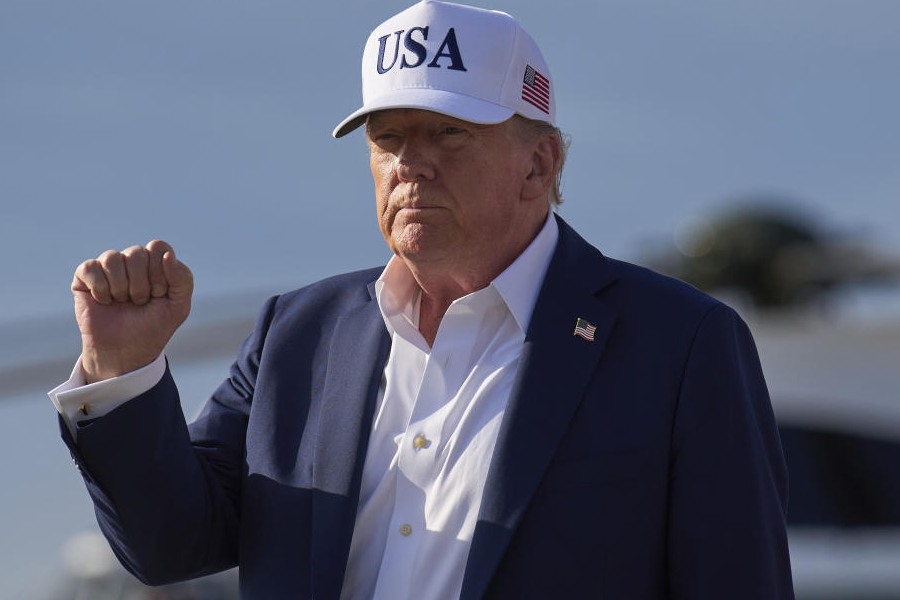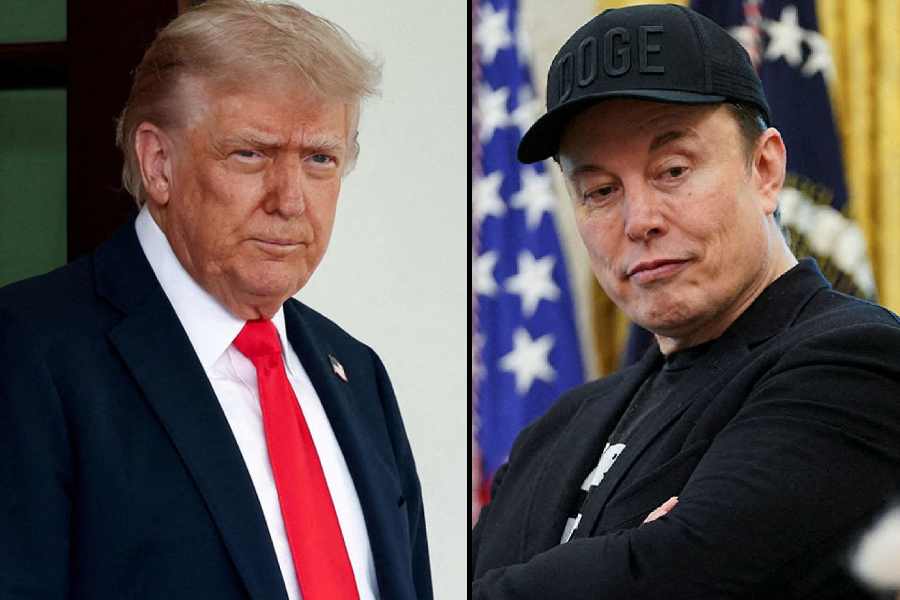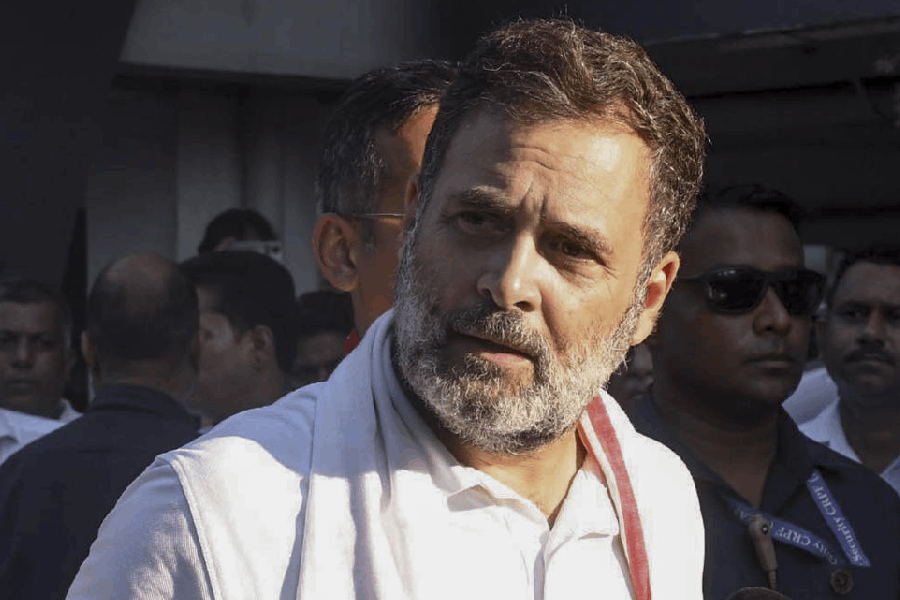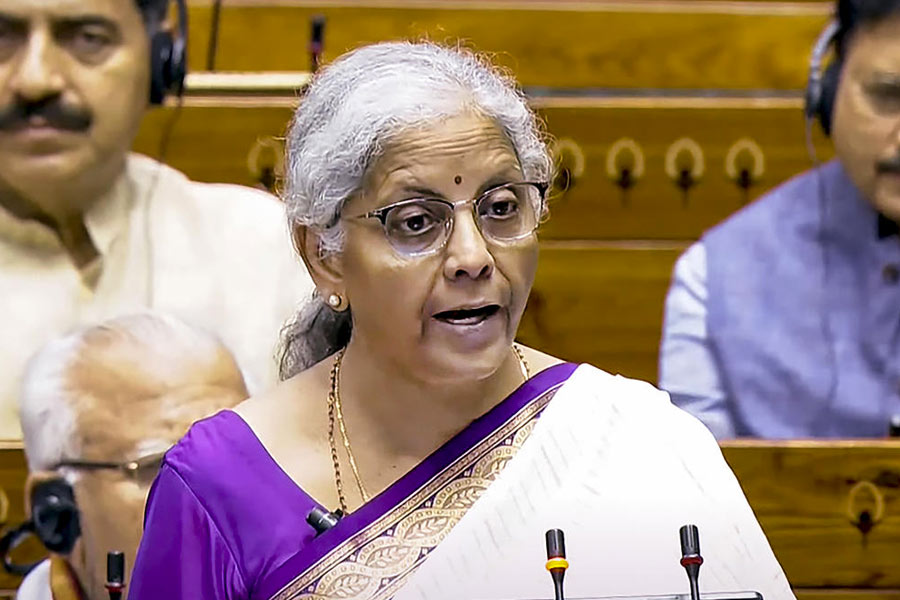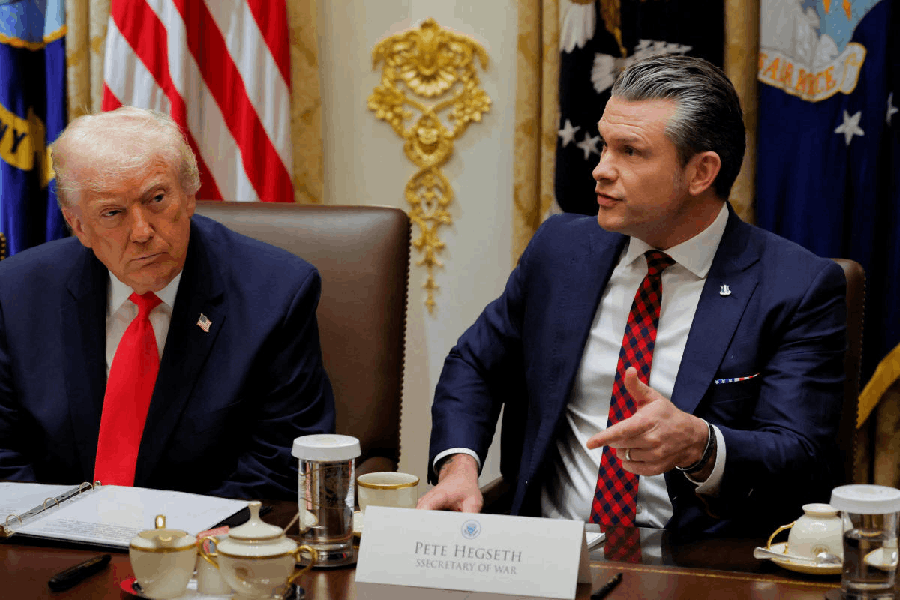President Donald Trump on Monday placed a 25 per cent tax on goods imported from Japan and South Korea, citing persistent trade imbalances with the two crucial US allies in Asia.
Trump provided notice of the tariffs to begin on August 1 by posting letters on Truth Social that were addressed to the leaders of both countries. The letters warned both countries to not retaliate by increasing their own import taxes, or else the Trump administration would further increase tariffs.
“If for any reason you decide to raise your Tariffs, then, whatever the number you choose to raise them by, will be added onto the 25 per cent that we charge,” Trump wrote in the letters to Japanese Prime Minister Shigeru Ishiba and South Korean President Lee Jae-myung.
The letters were not the final word from Trump on tariffs, so much as another episode in a global economic drama in which the US president has placed himself at the centre. His moves have raised fears that economic growth will slow to a muddle, if not make the US and other nations more vulnerable to a recession.
But Trump is confident that tariffs are necessary to bring back domestic manufacturing and fund the tax cuts he signed into law last Friday.
The S&P 500 stock index was down nearly 1 per cent in Monday afternoon trading, while the interest charged on the 10-year US Treasury had increased to nearly 4.39 per cent, a figure that could translate into elevated rates for mortgages and auto loans.
Trump has declared an economic emergency to unilaterally impose the taxes, suggesting they are remedies for past trade deficits even though many US consumers have come to value autos, electronics and other goods from Japan and South Korea.
But it's unclear what he gains strategically against China — another stated reason for the tariffs — by challenging two crucial partners in Asia who could counter China's economic heft.
“These tariffs may be modified, upward or downward, depending on our relationship with your Country,” Trump wrote in both letters.
Because the new tariff rates go into effect in roughly three weeks, Trump is setting up a period of possibly tempestuous talks among the US and its trade partners to reach new frameworks.
Trump initially sparked hysteria in the financial markets by announcing tariff rates on dozens of countries, including 24 per cent on Japan and 25 per cent on South Korea. In order to calm the markets, Trump unveiled a 90-day negotiating period during which goods from most countries were taxed at a baseline 10 per cent.
The 90-day negotiating period technically ends before Wednesday, even as multiple administration officials and Trump himself suggested the three-week period before implementation is akin to overtime for additional talks.
Administration officials have said Trump is relying on tariff revenues to help offset the tax cuts he signed into law on July 4, a move that could shift a greater share of the federal tax burden onto the middle class and poor as importers would likely pass along much of the cost of the tariffs.
Trump has warned major retailers such as Walmart to simply “eat” the higher costs, instead of increasing prices in ways that could intensify inflation.
Trump's team promised 90 deals in 90 days, but his negotiations so far have produced only two trade frameworks.
His trade framework with Vietnam was clearly designed to box out China from routing its America-bound goods through that country, by doubling the 20 per cent tariff charged on Vietnamese imports on anything traded transnationally.
The quotas in the United Kingdom framework would spare that nation from the higher tariff rates being charged on steel, aluminum and autos, still British goods would generally face a 10 per cent tariff.
The United States ran a USD 69.4 billion trade imbalance in goods with Japan in 2024 and a USD 66 billion imbalance with South Korea, according to the Census Bureau.
According to Trump's letters, autos would be tariffed separately at the standard 25 per cent worldwide, while steel and aluminum imports would be taxed on 50 per cent. The broader 25 per cent rates on Japan and South Korea would apply to goods not already covered by the specific sectoral tariffs.

